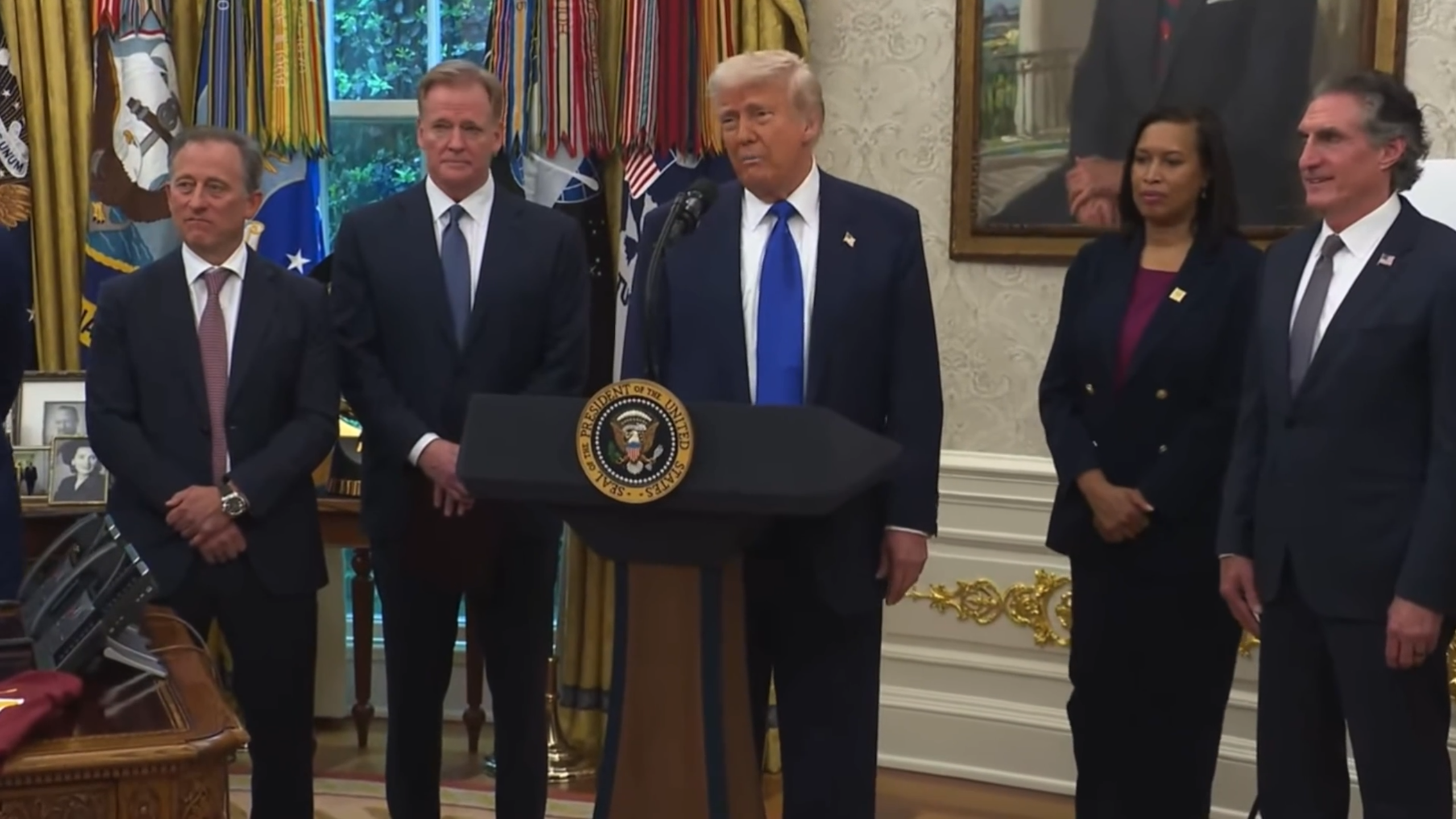SMPTE 2011: Adding Mobile DTV at the Station
HOLLYWOOD: Mobile DTV will eventually need a differentiated programming stream, but it probably won’t start out that way. That was the assessment of Triveni Digital’sDr. Rich Chernock, possibly the only nuclear physicist working in TV.
Dr. Chernock started with viewing habits. Fixed ATSC viewing is typically by appointment or DVR, and mainly full-show oriented. If device use is any indicator, ATSC mobile viewing will be opportunistic, information-seeking, and likely a mixture of short clips and full shows.
“What does this mean for mobile?” he said. “People will likely start by simulcasting fixed content,” but separate schedules for mobile will likely evolve for several reasons. ATSC fixed broadcasting is intended for large screens. There are also creative considerations, demonstrated by the World Cup broadcast over Europe’s mobile DVB-H standard, he said.
“A lot of times there you couldn’t figure out where the soccer ball was,” he said. “Similarly, text or crawls may not be discernible on small screens.”
Audio is another reason to consider a separate stream. ATSC provides the opportunity to do 5.1 surround sound. Mobile DTV is a different use case. It will likely be used in a noisier environment. The speakers will be tiny transducers or ear buds; amplifiers will be low power and sound will be stereo or even monaural.
These differences need to be taken into account, he said. Pre-processing can help alleviate problems. Certain elements of dialog can be isolated, post-processing can be applied to adjust for conditions, and appropriate downmixes can be used.
Interactivity ads a whole new quite of features and complications. Where do the clicks land, for example. Servers are necessary to respond to interactivity. Content management needs to be considered, along with scheduling, inserting and a streaming timeline. There’s also “TV Mass Effect” to consider, where interactivity overwhelms servers.
Security is yet another issue and a relatively new domain for most broadcasters, Chernock said. Mobile DTV will require decisions about subscription versus free, encryption, selection of a trust authority, customer management and billing.
One thing about adding a mobile ATSC television service is that it’s unlikely to require new listing, traffic, automation systems. With regard to metadata--Triveni makes a PSIP and mobile metadata generator--it will need to be managed for fixed and mobile reception. Chernock recommended adding mobile signaling to use existing workflow components.
In summary, he said to consider people’s viewing habits, build on the existing infrastructure, be aware of the requirements of interactivity and “use standards.”
Get the TV Tech Newsletter
The professional video industry's #1 source for news, trends and product and tech information. Sign up below.
